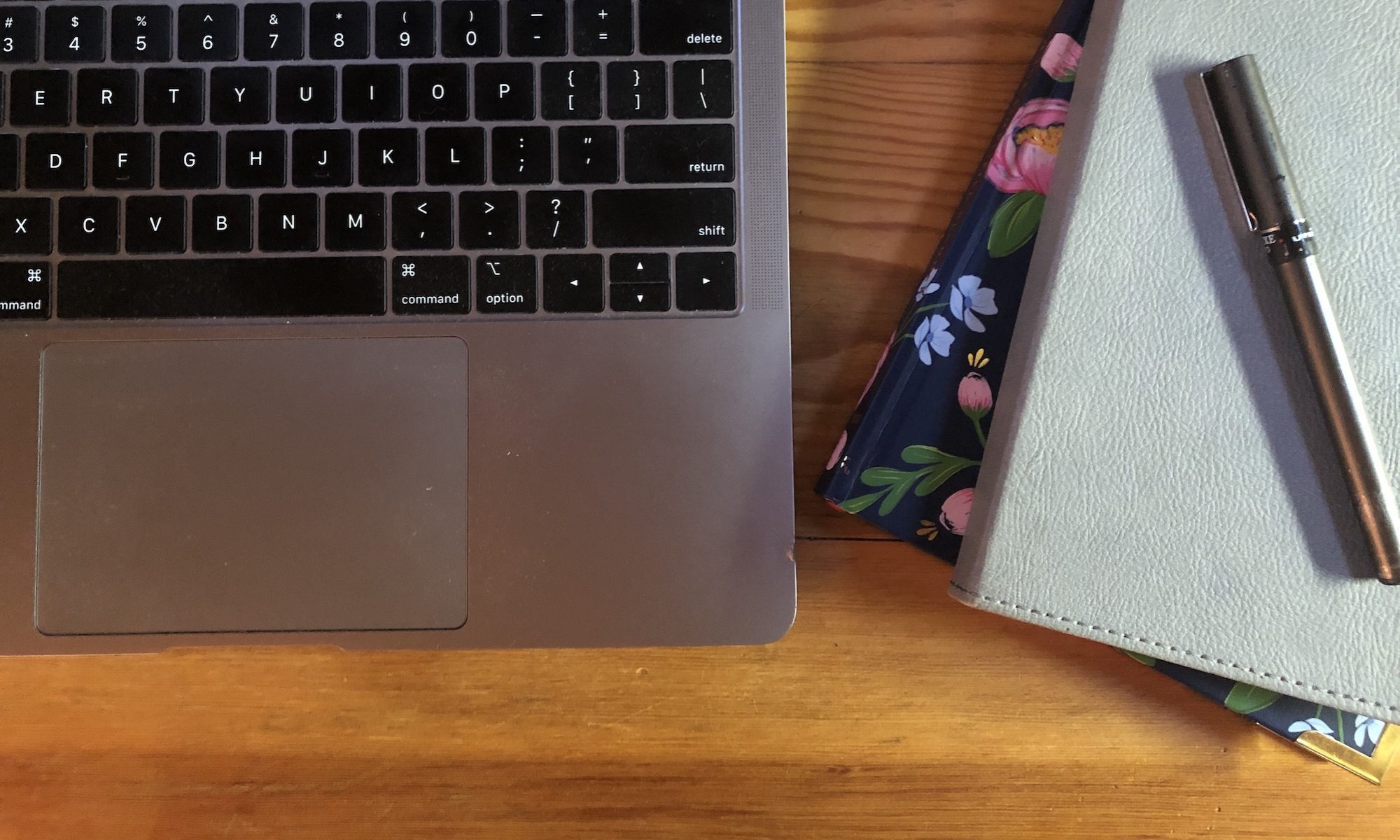Meetings can be overwhelming when you’re a product manager. The amount of deep thinking you need to do as a product manager can be overwhelming too. So is the research, the team admin, the scrum ceremonies, it goes on and on. I’ve talked about productivity for product managers a little bit before. This post is a deeper dive into calendar blocking for better product management.
What is calendar blocking?
Calendar blocking is the practice of adding chunks of time to your calendar to actually get shit done. I remember a quote something to the effect of:
If it’s not scheduled, it’s not real.
– I can’t remember who said this, but take note!
For me, truer words have never been spoken. Product managers have lots of meetings, often too many meetings but this advice is true for all busy people. I used to just try to get work done around meetings but it was making me feel rushed and chaotic. Those are not the feelings you want to have when you’re trying to be thoughtful about a problem or interview a customer. That feeling can really bleed into your meetings too. That can cause you to be distracted by what you could be doing instead of paying attention.
For me the solution was calendar blocking. This happens in two parts for me: Preventative calendar blocking and Detailed calendar blocking.
Preventative calendar blocking

Full disclosure, I made up the term “preventative calendar blocking.” What it means is setting one or two re-occuring weekly events in my calendar that take up large chunk of tim. The title for this block is “Focus time (please check before booking a meeting).” I set the block as “Public” and as “Busy” in Google Calendar. I also change the colour of the calendar event (purple). That way I can see, at a glance, which blocks are meetings and which blocks are work sessions. This accomplishes a couple of things for me. First, it ensures that my colleagues understand why this time is blocked off (the combination of the title and the Public setting). Second, it ensures that they don’t book a meeting over this time without checking in first (the combination of the title and the Busy setting).
I generally find that people respect this block. If there is something that really has to be discussed during that time, they message me and we book the meeting. Setting your calendar up this way though, stops Google Calendar from seeing the block as an available time slot for a meeting with you. This prevents that time from becoming the first choice for your colleagues to book over.
Detailed calendar blocking
You have your preventative time blocked in your calendar every week now! How does this translate into getting things done? In my post about my Friday routine, I talk about setting aside the time to review your upcoming calendar. What I really mean by that is detailed calendar blocking.
On Fridays, and occasionally ad hoc, I look at my upcoming week on my calendar and my to do list for the week. I write and review my goals for the upcoming week and transfer them to to-do items. Then, I take the biggest item that needs the most focus and rename my preventative calendar block as that item. At this time, I also flip the calendar block to Private so that it further reduces the chance of getting a meeting booked over it.
Once the big item is taken care of, I look at my meetings for the week and see if there are any I need to prepare in advance for. This can mean creating slides, doing some reading or formulating an opinion beforehand. I usually change the colour of meetings that I need to prepare for to a third colour (I use red) so that I know that the meeting requires prep. I then find an open slot in my calendar before the meeting and add a block to prep for that meeting. Once that is done I move onto smaller tasks.
These smaller tasks don’t usually have a set deadline but need to get done. These go in my calendar too. They get put in around meetings and the big work sessions that are already set. I try not to be too crazy about this, and often group a bunch of small things. For example I’ll group miscellaneous wiki updates, into one half-hour session.
Once all that is done, I more-or-less know what I’m doing for the rest of the week. This practice reduces decision fatigue for me throughout the day. It also means that my daily commitments to my teams are outlined in advance and means I can really leave work behind over the weekend.
Other calendar blocks
This method is also super effective if you’re trying to do something like say, go for a walk on your lunch break. I have my calendar set-up to warn me 10 minutes before an event, this is a great reminder to get away from my desk and go outside everyday — something that is so important in the work-from-home life.
There are weeks where my plan falls apart; things come up! The nice thing about having your time sorted out though, is that you can just drag and drop things around to a later date. I try to view this practice as a flexible plan. It helps me get work done but it’s not something to get upset about if it goes off course. It also helps you to see where your time is really going. That’s helpful for seeing where to make time for things that you really want to make time for.
